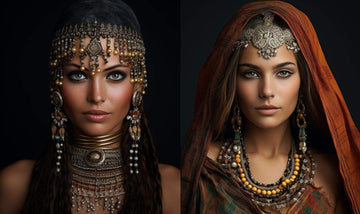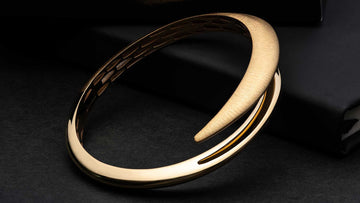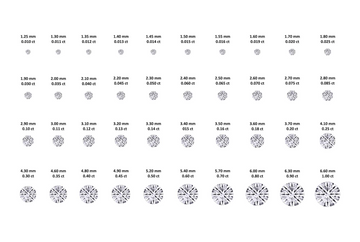In an age where the world is more connected than ever, the jewelry industry stands out as a vibrant arena for cultural exchange and expression. Contemporary jewelry design increasingly draws inspiration from a rich tapestry of global traditions, bringing ancient symbols, traditional motifs, and artisanal techniques into the modern era. This fusion of past and present not only enriches the aesthetic landscape of jewelry but also offers a meaningful way to celebrate and preserve the world's diverse cultural heritage.
A Mosaic of Inspiration
From the intricate Celtic knots of Ireland to the geometric patterns of Islamic art, cultural motifs provide an endless source of inspiration for contemporary jewelry designers. These elements carry with them centuries of history, symbolism, and storytelling, lending depth and context to each piece they adorn. By incorporating these motifs into their designs, artists create jewelry that is not just beautiful but also imbued with significance.
Symbolism and Identity
Cultural motifs often carry rich symbolism, representing beliefs, values, or historical narratives specific to a culture. For example, the Maori koru spiral symbolizes new life and growth, while the Hamsa hand is believed to offer protection in many Middle Eastern and North African cultures. In contemporary jewelry, these symbols serve as a bridge between the wearer and the ancestral wisdom they represent, offering a sense of identity and belonging.
Techniques Transcended
Beyond motifs and symbols, contemporary jewelry design also embraces traditional techniques that have been passed down through generations. Whether it's the meticulous filigree work found in Mediterranean cultures, the vibrant beadwork of Indigenous American tribes, or the detailed metalwork of ancient Indian jewelry, these techniques add authenticity and craftsmanship to modern pieces. Designers who learn and preserve these methods are not just creating jewelry; they're keeping alive centuries-old art forms.
A Global Palette
The global influence in jewelry design extends to the materials themselves. Designers often seek out unique, locally sourced materials that reflect the essence of a particular region. This might include rare gemstones, indigenous wood, or traditional fabrics, all of which contribute to the distinctive character of the jewelry. This approach not only enhances the aesthetic appeal of the pieces but also supports local economies and sustainable sourcing practices.
Ethical and Cultural Sensitivity
As designers draw inspiration from cultures around the world, ethical considerations and cultural sensitivity become paramount. It's important for creators to approach design with respect and understanding, ensuring that cultural elements are used in a way that honors their original significance and context. Collaborating with artisans from the cultures being represented, or directly supporting those communities, can be meaningful ways to achieve this.
Wearable Art That Tells a Story
Contemporary jewelry that incorporates cultural motifs and techniques offers wearers more than just a statement piece; it provides a connection to the stories, traditions, and people behind the design. In a world where individual expression and cultural appreciation are celebrated, these pieces become wearable art that tells a story, enriching our personal narratives with layers of meaning and beauty.
Conclusion
The influence of cultural motifs in contemporary jewelry design represents a beautiful synthesis of tradition and innovation. As we adorn ourselves with these pieces, we not only enhance our personal style but also celebrate the rich cultural tapestry that makes our world so wonderfully diverse. Through jewelry, we have the opportunity to keep traditions alive, share stories across generations, and express our individual identities within the global community.






